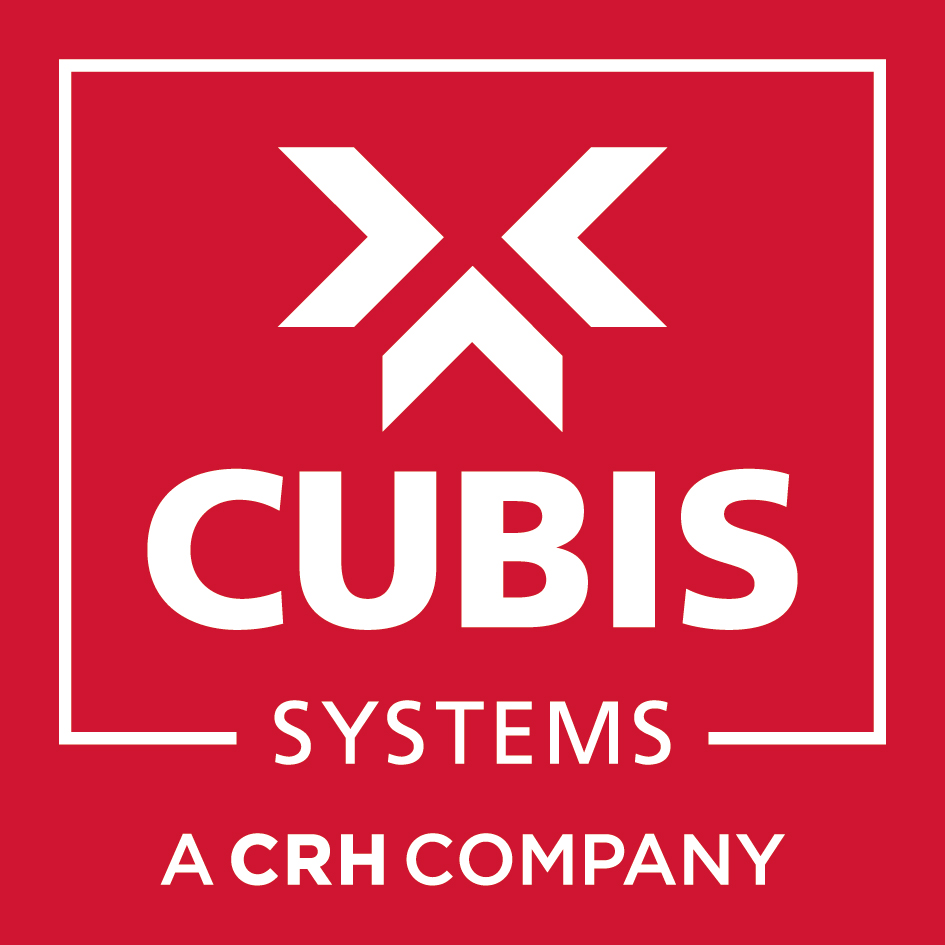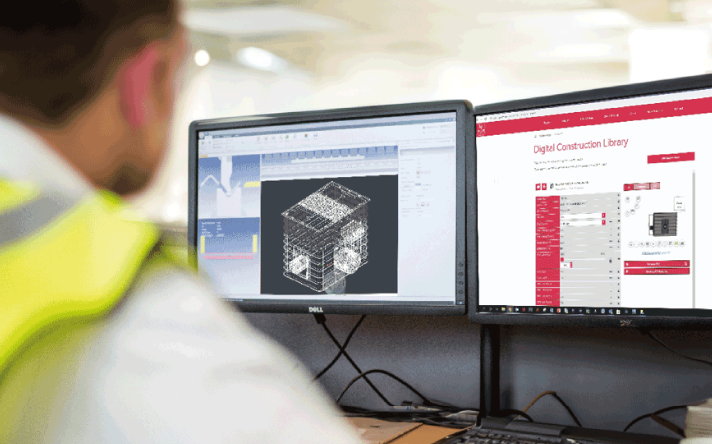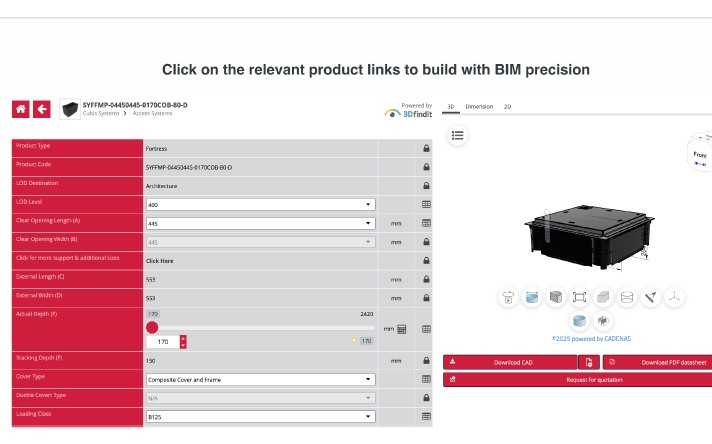Reducing manual handling on construction sites with modular materials
How STAKKAbox™ helps build safer sites
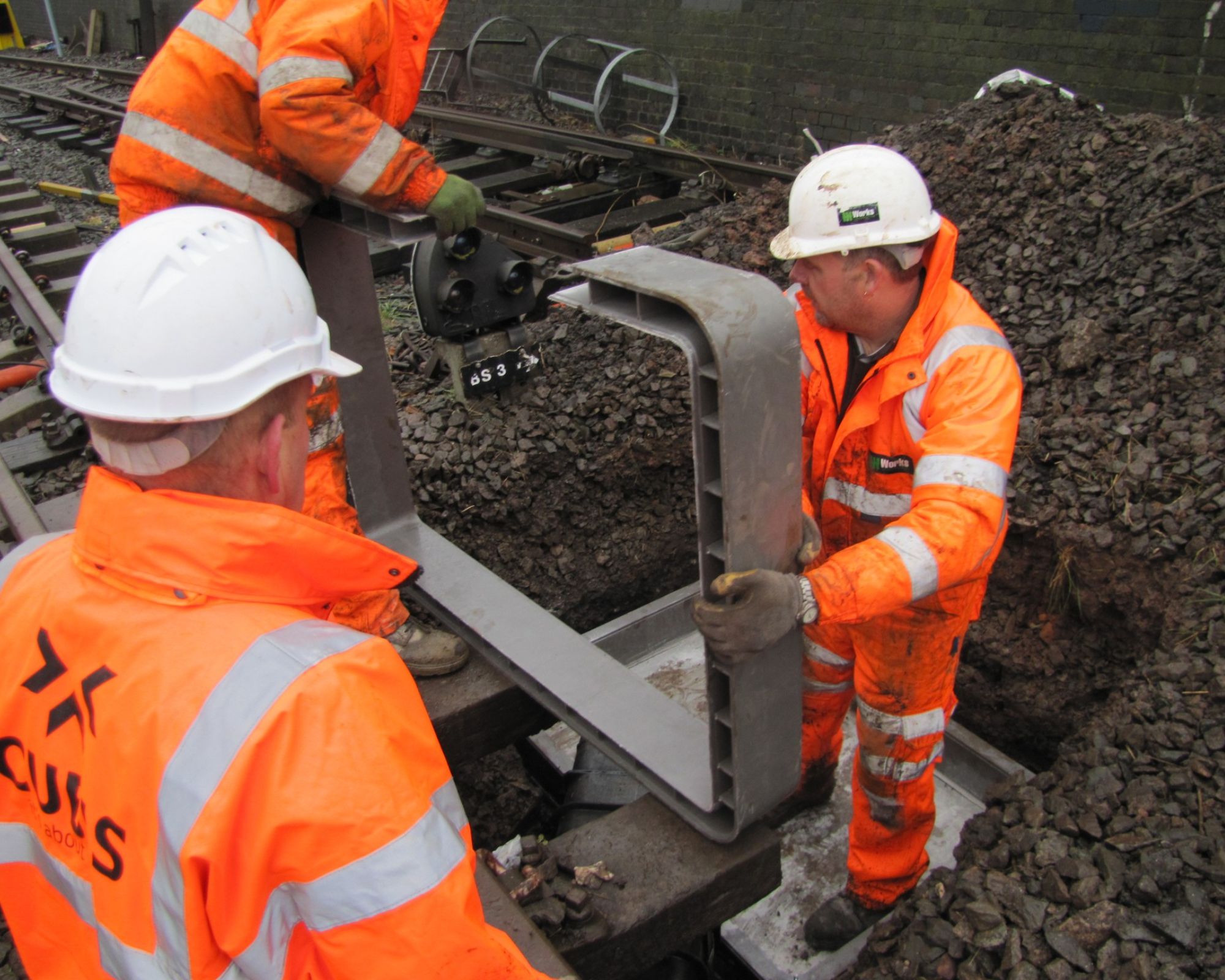
Health and safety remains the number one priority across the construction and utilities sectors.
Even so, manual handling still accounts for a major share of workplace injuries each year.
In fact, according to the UK Health and Safety Executive (HSE), over a third of all workplace injuries involve some form of lifting, carrying, or strain. On civil sites (e.g., where access chambers, covers, and duct systems are routinely installed), the risk grows higher.
Traditionally, on-site access chambers have been constructed from concrete or brickwork. Here, engineers on the ground must deal with heavy, rigid materials that often demand mechanical handling equipment and multiple operatives.
The result is a process that’s slow, physically demanding, and often exposed to unnecessary risk. At Cubis, we believe there’s a better way to build. Our STAKKAbox™ access chamber range has been designed to reduce manual handling on construction sites – protecting people as well as productivity.
What is STAKKAbox™?
The weight of the problem
Concrete chambers can reach hundreds of kilograms before a single cable or pipe is installed. Every lift, from offloading to placement, adds to the risk of musculoskeletal injury, strain, or crush incidents.
Even when lifting gear is available, coordinating heavy installs introduces other hazards:
In short, the very materials designed to protect underground assets can put the people installing them in danger.
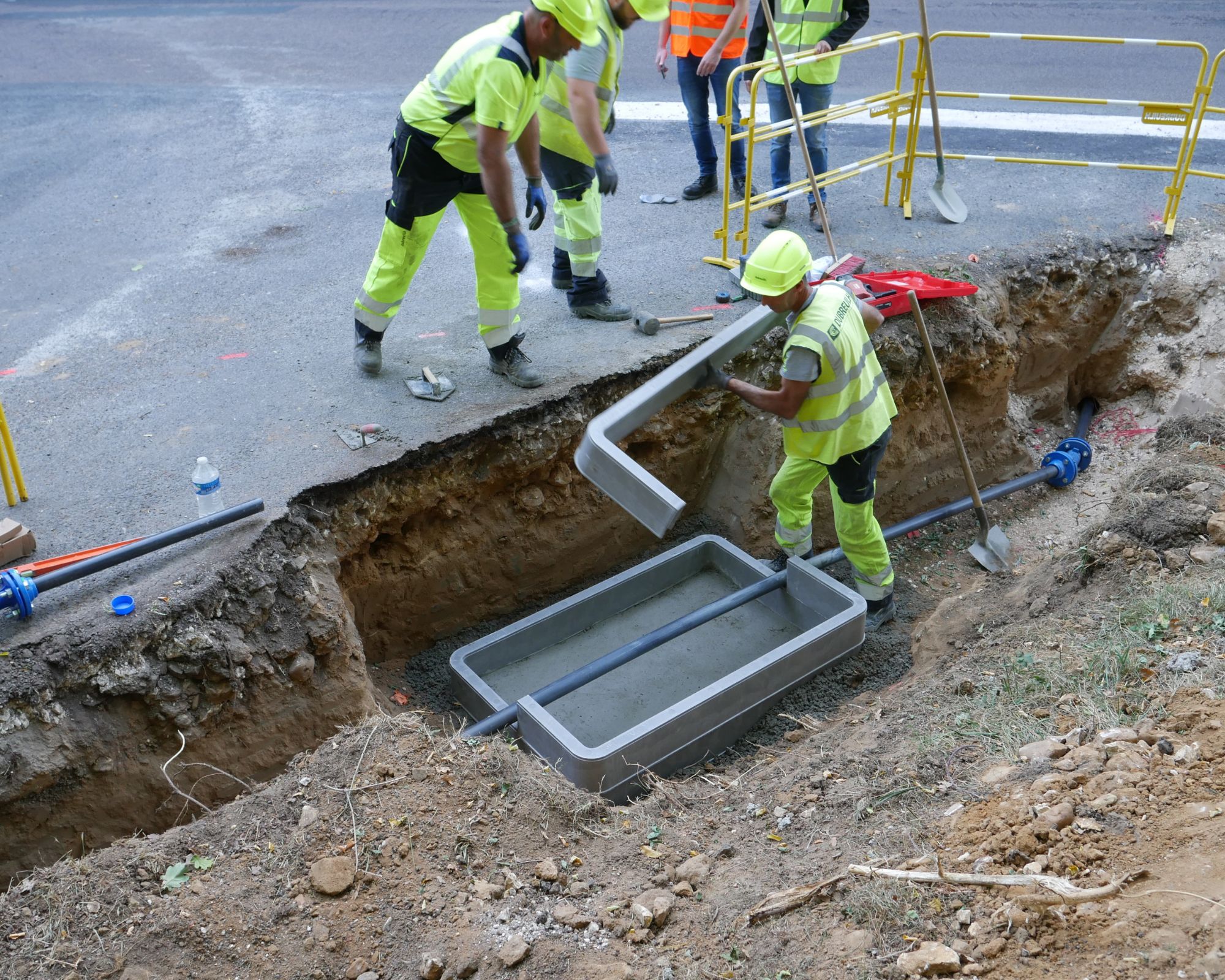
Designing safety from the start
The STAKKAbox™ system takes weight risks out of the equation.
Each of our chamber options – and each of their modular sections – are made from sustainable composite plastics. We use lightweight yet high-strength materials that offer equivalent durability to concrete, at a fraction of the weight.
With all individual sections weighing under 25 kg, STAKKAbox™ chambers can be installed safely by hand without cranes or mechanical lifting equipment. This simple change eliminates one of the biggest on-site hazards: unsafe or excessive lifting.
Field trials and customer feedback show that switching to composite chambers can lead to around an 80 % reduction in manual handling risk, alongside installation times up to 75 % faster.
For contractors, that means:
- Shorter build programmes
- Fewer near-misses
- Measurable improvements in workforce wellbeing
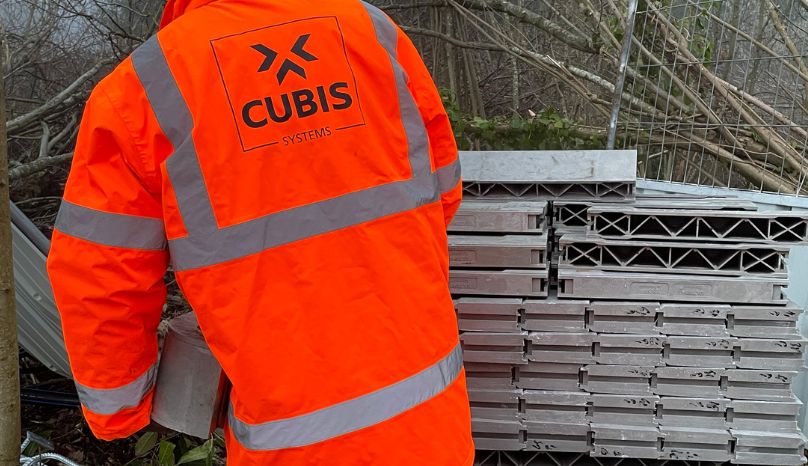
Reducing installer fatigue
Manual handling on construction sites isn’t only about acute injuries. Repetitive lifting and strain over long shifts can also lead to chronic fatigue – often a silent contributor to mistakes and accidents.
Because STAKKAbox™ sections are designed for single-person lifts, installers spend less time repositioning, waiting for plant, or coordinating lifts in awkward conditions. The upshot is that installations become smoother, lighter, and more predictable.
All of which means they also become inherently safer.
Every kilogram removed from a manual lift is a kilogram less strain on the people doing the work. In that sense, lightweight design isn’t just a product benefit but also a key tenet of broader site safety.
Strong on performance
With the STAKKAbox™ range, weight reduction doesn’t mean compromise. We offer access chambers engineered to deliver load ratings up to F900, ensuring long-term structural integrity even under heavy traffic or industrial applications.
Plus, composite materials offer additional safety advantages even beyond weight and strength:
These qualities contribute to a safer lifetime performance. Asset owners can ensure fewer failures, less maintenance, and fewer reasons to re-enter the chamber for rework.

Lighter materials, lighter environmental impact
Health and safety doesn’t stop at the site gate. The sustainability of construction methods also plays a growing role in protecting future generations.
Compared to traditional concrete, STAKKAbox™ systems deliver carbon reductions of between 40% and 80% depending on size and specification. By removing the need for concrete surrounds or heavy machinery, the system cuts transport emissions and embodied carbon alike.
It’s a complete cycle of safety: safer for workers, safer for the environment, safer for the network.
Learn more about sustainability at Cubis Systems
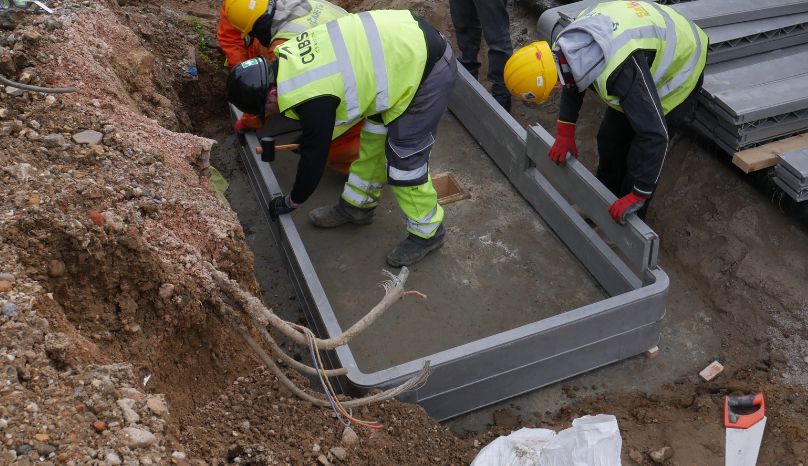
Safety through speed
As a final point, faster installation isn’t just an efficiency gain. In itself, speed of install is another layer of safety.
When chambers can be built in hours rather than days, exposure to site hazards such as open excavations, live traffic, or adverse weather is greatly reduced.
Contractors report that modular installation methods help minimise time spent in high-risk environments. Plus, the reduced need for plant movements further lowers machinery-related risks. In practice, then, that means safer, cleaner, and quieter worksites.
Cost benefits of faster installationReducing manual handling on construction sites, one chamber at a time
Every Cubis product is designed with a simple aim: to make construction safer, faster, and more sustainable. With our STAKKAbox™ access chamber range, we’ve proven that reducing weight can raise standards.
By addressing one of the most common causes of injury in our industry – manual handling on construction sites – we’re helping engineers, specifiers, and contractors deliver infrastructure that protects both people and performance.
